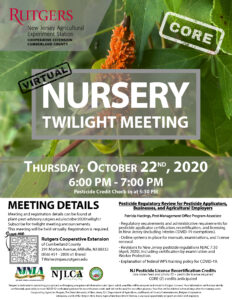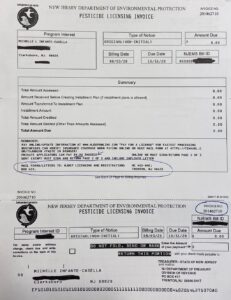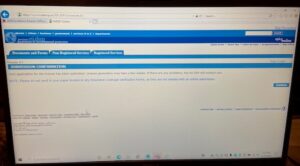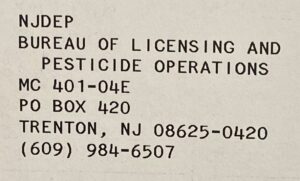USDA’s Farm Service Agency will accept CFAP 2 applications through December 11, 2020.
Ornamental crop producers (Christmas trees, Floriculture/Cut flowers, Nursery crops, Cactus) are eligible for USDA’s Coronavirus Food Assistance Program 2 (CFAP 2). The CFAP 2 program is open to all of these operations and is based on sales, inventory, acreage or production in the 2019 or 2020 calendar years (depending on the commodity). Applicants do not need to have suffered a loss or provide any supporting documentation at sign up, unless requested.
Click here to start the process or call 877-508-8364 (or local office, links below) to speak directly with a USDA employee ready to offer assistance.
Additional links:

 Rutgers Cooperative Extension Agricultural Agents have been receiving questions from farmers on what to do with the renewal applications they recently received from
Rutgers Cooperative Extension Agricultural Agents have been receiving questions from farmers on what to do with the renewal applications they recently received from 

